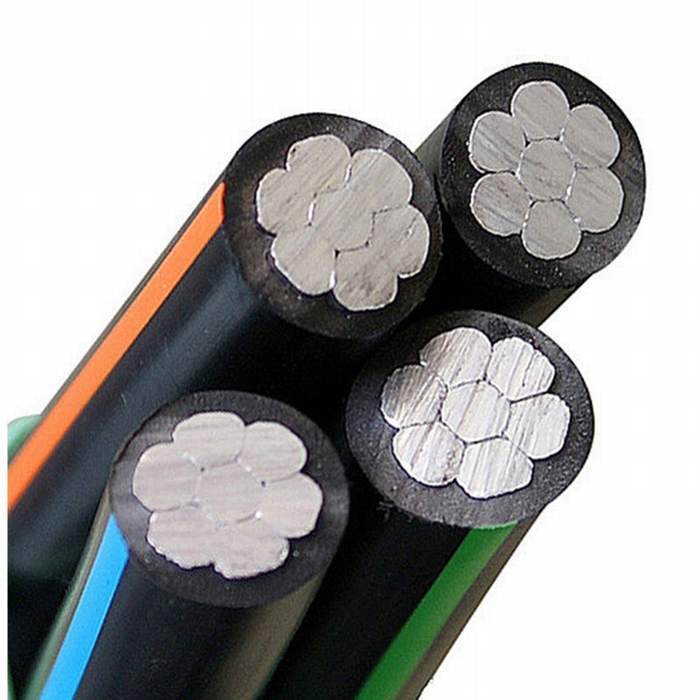When it comes to transmitting electrical power over long distances, ACSR (Aluminum Conductor Steel Reinforced) cable is a workhorse that can’t be overlooked. This unique type of cable combines the lightweight conductivity of aluminum with the strength and durability of steel, making it an ideal choice for high-voltage transmission lines. Let’s dive into the fascinating world of ACSR cable and explore why it’s so important in the world of electrical infrastructure.
At its core, ACSR cable is a composite material that combines the best of two worlds: aluminum and steel. The aluminum strands serve as the primary conductor, carrying electrical current efficiently and effectively. Meanwhile, the steel core provides strength and support, allowing the cable to withstand the rigors of wind, rain, and other environmental factors.
There are several reasons why ACSR cable is such a popular choice for electrical transmission. First and foremost, its lightweight aluminum strands make it easier to handle and install compared to traditional copper cables. This not only saves time and money during installation, but it also reduces the overall weight of the transmission lines, making them less susceptible to damage from wind and other natural forces.
In addition to its lightweight design, ACSR cable is also highly conductive, ensuring that electrical current flows smoothly and efficiently from the power source to the end user. This is particularly important in high-voltage transmission lines, where even small losses in conductivity can add up to significant energy waste.
But perhaps the biggest advantage of ACSR cable is its durability. The steel core provides a strong backbone that helps to resist sagging and stretching, even under heavy loads. This ensures that the cable remains stable and secure, even in harsh weather conditions or rugged terrain.
ACSR cable is used in a wide range of electrical applications, from power transmission lines to distribution systems. In transmission lines, ACSR cable is typically used to carry high-voltage electrical current over long distances, connecting power plants to substations and ultimately to homes and businesses. In distribution systems, ACSR cable is used to carry lower-voltage current to individual buildings and structures.

As technology continues to evolve, so too does the world of ACSR cable. Manufacturers are constantly developing new materials and designs to improve the performance and reliability of ACSR cable. For example, some modern ACSR cables are equipped with advanced coatings and insulation to protect against corrosion and wear. Additionally, researchers are exploring new ways to integrate ACSR cable into renewable energy systems, such as wind turbines and solar power plants, where its durability and conductivity make it an ideal choice for transmitting electrical power.
In conclusion, ACSR cable is a strong and sturdy backbone of electrical transmission. Its unique combination of aluminum and steel makes it an efficient and reliable choice for carrying electrical current over long distances. Whether you’re working on a massive transmission line or a smaller distribution system, ACSR cable is a valuable tool that helps to keep the world powered up and running smoothly.